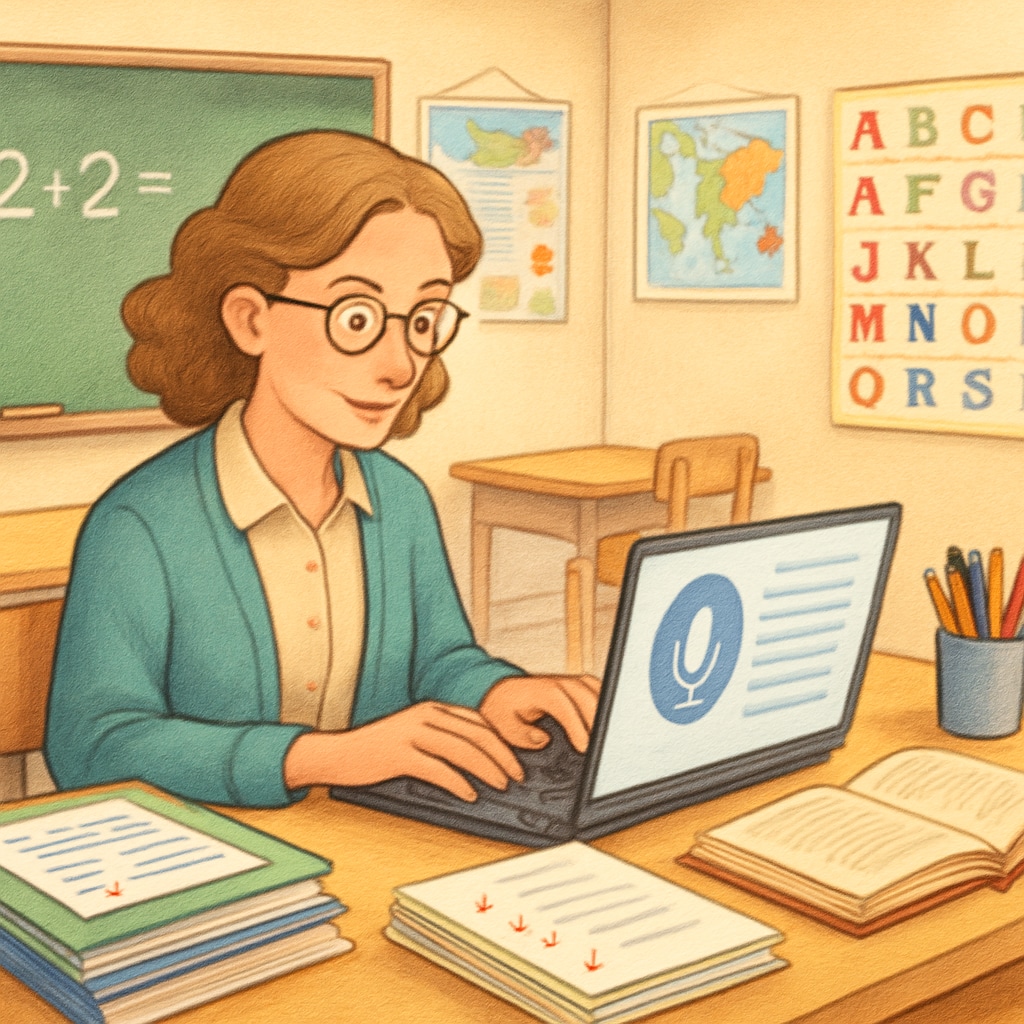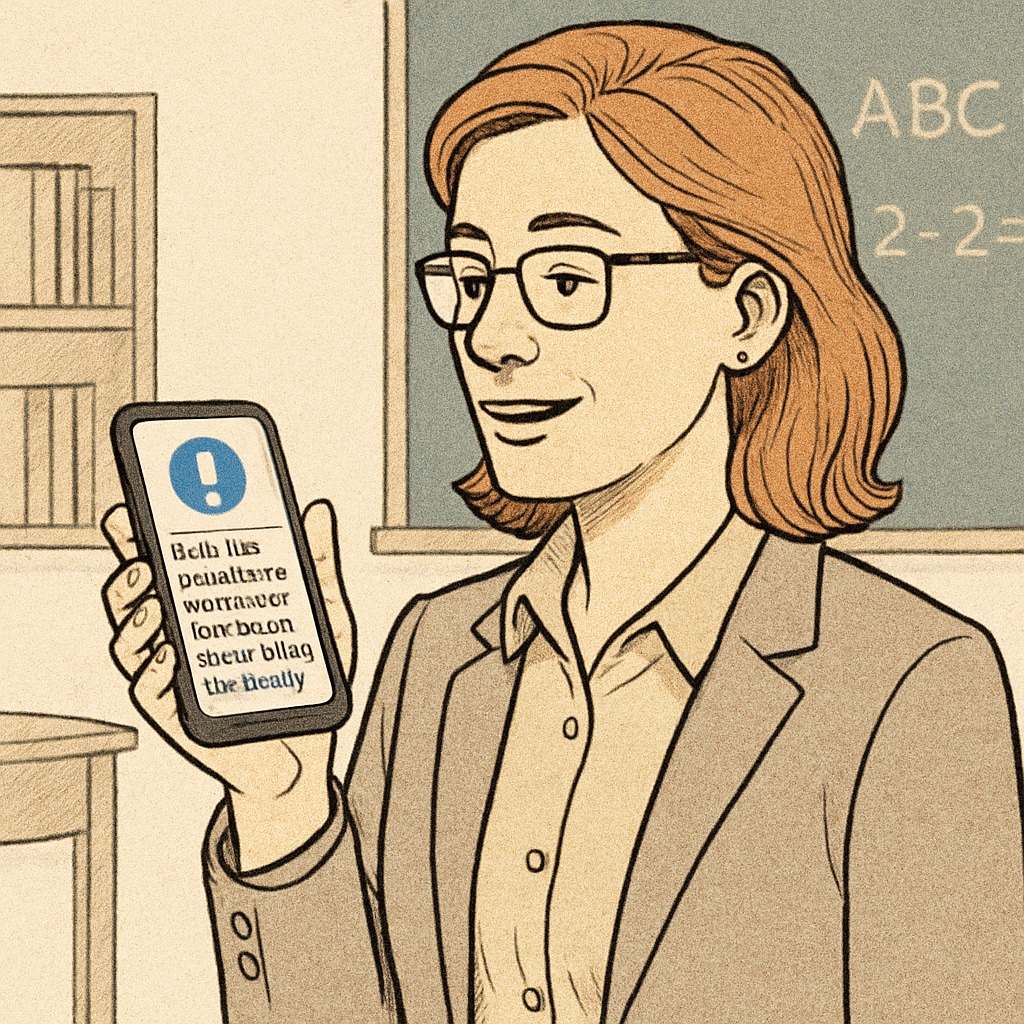Teachers in K12 education often face a significant administrative burden, from documenting student progress to communicating with parents and creating lesson plans. Speech-to-text technology, such as WillowVoice, is revolutionizing the way educators handle these tasks, improving teacher efficiency and freeing up more time for teaching. This article explores how tools like WillowVoice are reshaping K12 workflows, enabling teachers to focus on the core of their profession: educating students.
Streamlining Feedback with Speech-to-Text Tools
Providing timely and detailed feedback to students is a cornerstone of effective teaching. However, writing personalized comments for dozens of students can be time-consuming. Speech-to-text technology like WillowVoice enables teachers to dictate feedback directly into their systems, converting spoken words into written text within seconds. This not only accelerates the feedback process but also ensures that teachers can communicate more nuanced insights without the strain of manual typing.

For example, a teacher reviewing essays can use WillowVoice to record observations while reading. The software transcribes these comments directly onto the digital document, saving hours of typing and allowing teachers to focus on the quality of their observations. According to a study by the National Education Association, reducing time-intensive tasks like feedback can significantly enhance job satisfaction and work-life balance among teachers.
Improving Lesson Planning and Organization
Lesson planning is another area where speech-to-text tools shine. Teachers often brainstorm ideas for classes during their commute or in other moments of downtime. With WillowVoice, educators can capture these ideas on the go, dictating lesson outlines, objectives, and resources into their mobile devices. The transcriptions can then be seamlessly integrated into their existing planning systems, ensuring no idea is lost.
In addition, speech-to-text systems can help categorize and organize lesson resources. For instance, a teacher might dictate, “Create a lesson plan on renewable energy for grade 8 science,” and WillowVoice can automatically generate a to-do list or even suggest pre-existing templates. This streamlining reduces cognitive load and empowers teachers to focus on innovative teaching strategies rather than clerical tasks.
Enhancing Communication with Parents
Parent-teacher communication is essential for student success, but crafting emails or scheduling meetings can be tedious. Speech-to-text tools simplify this process. Teachers can dictate personalized emails in natural language, which are quickly transcribed and ready to send. Similarly, meeting notes or follow-up actions from parent-teacher conferences can be recorded and transcribed in real time, ensuring accuracy and consistency.

Furthermore, speech-to-text technology allows teachers to create pre-recorded audio messages for routine updates or reminders, which can be transcribed and distributed widely. This approach saves time while maintaining a personal touch, fostering stronger relationships between educators and families.
Supporting IEP Documentation and Compliance
For special education teachers, creating and maintaining Individualized Education Programs (IEPs) is a critical but time-intensive responsibility. Speech-to-text tools like WillowVoice can significantly reduce the administrative burden associated with IEP documentation. Teachers can verbally outline student goals, accommodations, and progress updates, which are then transcribed and formatted into official reports.
This not only ensures compliance with legal requirements but also minimizes the time spent on repetitive documentation. As a result, special education teachers can dedicate more energy to tailoring their instruction to meet the unique needs of their students.
The Future of Education with Speech-to-Text Technology
As education continues to evolve, the integration of technology like WillowVoice will play an increasingly vital role in reducing administrative burdens for teachers. By automating repetitive tasks, these tools allow educators to focus on what truly matters: inspiring and educating the next generation. In addition, the user-friendly design of modern speech-to-text systems ensures they can be easily adopted by teachers of all tech skill levels.
In conclusion, speech-to-text technology is not just a convenience; it is a transformative tool that empowers educators. Tools like WillowVoice provide practical solutions to streamline feedback, lesson planning, parent communication, and IEP documentation. By embracing these innovations, schools can create a more efficient and fulfilling work environment for teachers, ultimately benefiting both educators and students.
Readability guidance: This article uses concise paragraphs, clear examples, and accessible language to ensure readability. Lists are used where appropriate to summarize key points, and transition words guide the reader through the discussion. Speech-to-text technology is presented as a practical and accessible solution for educators across various contexts.


